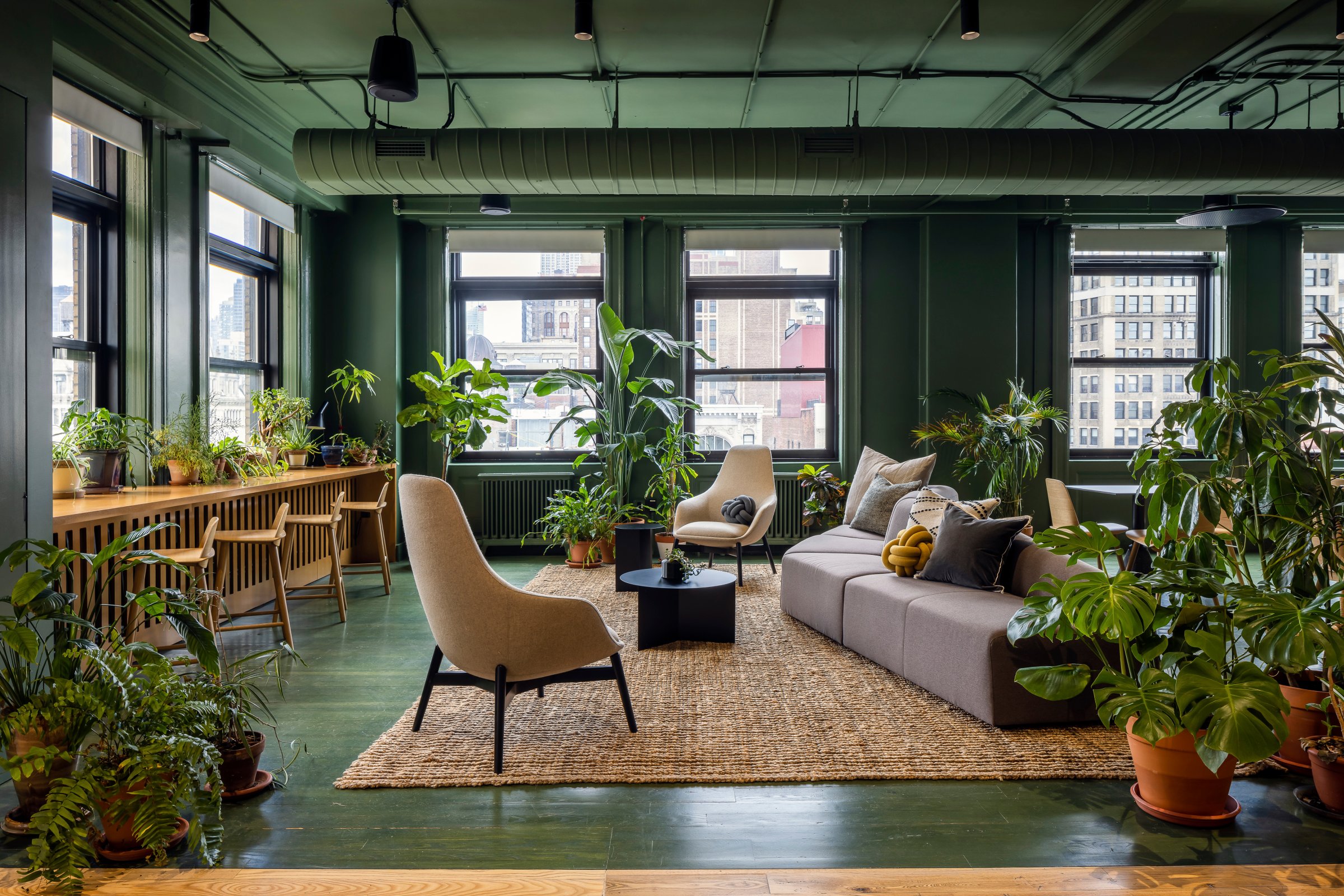When many companies were trying to get rid of their office space to save money during the pandemic, the architecture and design firm NBBJ was doing the opposite.
It took over the former offices of the clothing company Eileen Fisher in the Flatiron district of New York City and started ripping out walls and creating a 28,000 square foot “living lab”—a space where the company could test what type of design and layout works best for hybrid work. The idea wasn’t to force NBBJ employees into the office five days a week, but instead to create a place for hybrid work where people would actually want to come, despite the long commutes typical in the New York area. NBBJ could then take what worked and use that as the basis for designing offices for their clients also looking towards the hybrid future.
“We’re in the early stages of a deep recognition that the workplace needs to be different,” says Steve McConnell, NBBJ’s managing partner and board chair, who spearheaded the redesign.
The Flatiron space, which opened in November, feels like a mix between an office and a social club, with conference rooms giving off living room vibes, thanks to their homey bookshelves and couches; a lab where employees can look at tiny models of buildings the company is designing; green carpets throughout that feel like forest meadows; and rotating art projects on screens stretching towards the high ceilings. It’s nearly twice as big as the company’s former office space, and with its natural light and dark green tones, seems to communicate more “cool Airbnb” than “office.”
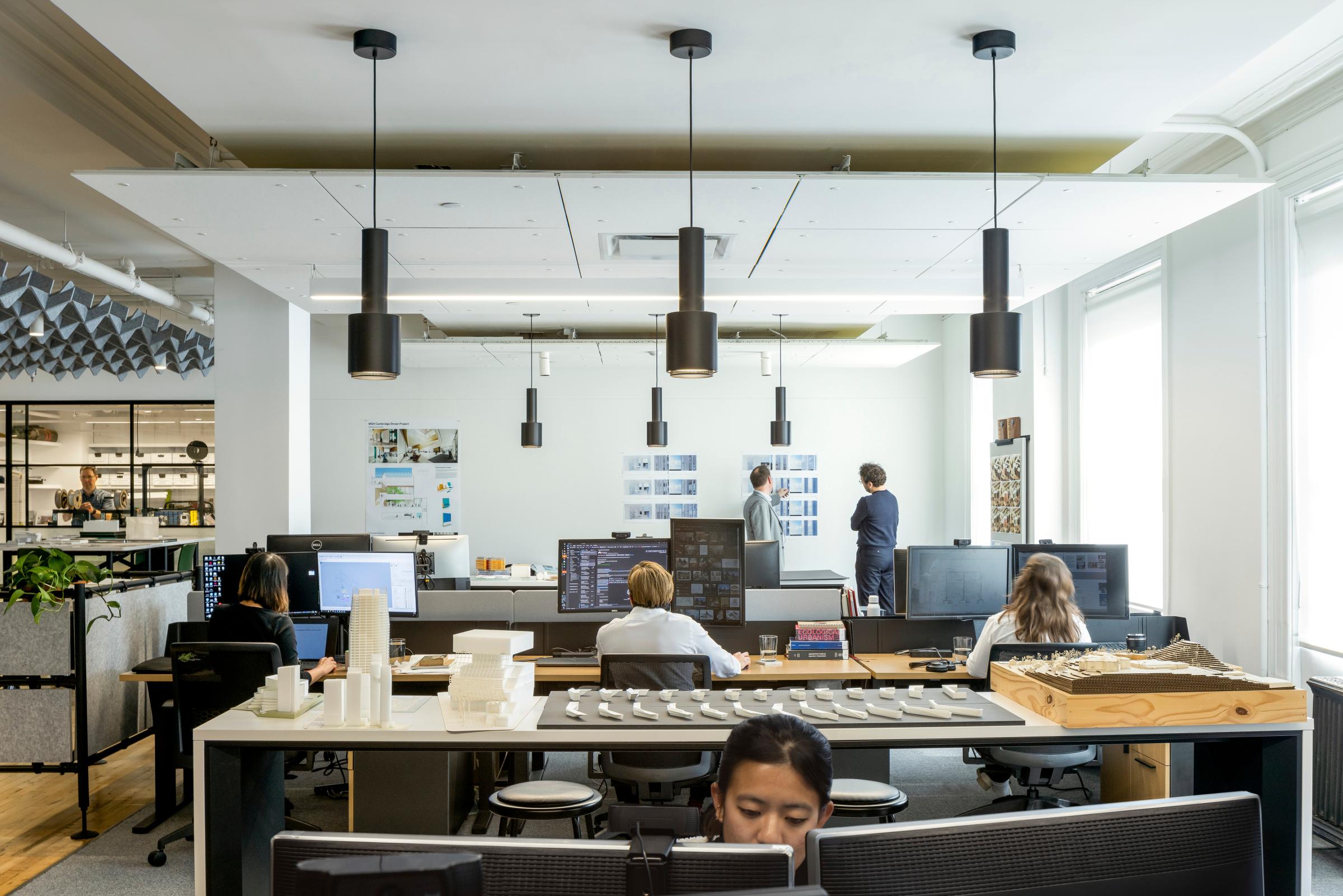
The commercial real estate market is still in the dumps, with office occupancy at around 50% of pre-pandemic levels in the 10 largest U.S. cities, according to Kastle Systems, which tracks unique card swipes in office buildings. Many companies are now battling workers over whether return to office will be a requirement and how many days will be mandatory, including Amazon, the Walt Disney Company, and the New York Times. But now that the Biden Administration has declared the pandemic officially over, some companies are ready to declare hybrid work the new reality and are redesigning their offices accordingly—taking advantage of low prices and desperate landlords and creating spaces in which employees might actually want to work.
More from TIME
“We’re never going to force people back into the office, but we feel a sense of responsibility to build an office space that is delightful,” says Holly Barbacovi, the head of human resources at the video game maker Bungie, which is nearly finished building its new office space in Bellevue, Wash. During the pandemic, Bungie decided to allow for fully remote work; today, the company is expanding its square footage from 80,000 to 200,000.
Such hybrid workplaces appear to be the future of corporate offices. Though 42% of companies had a full-time in-office policy in the second quarter of 2023, that’s down from 49% in the first quarter of the year, according to the Flex Index, a database of surveys and publicly available information that tracks the return-to-office policies of more than 4,000 companies. Further, around 30% of companies now allow for hybrid work, up from 20% in the first quarter, the report finds.
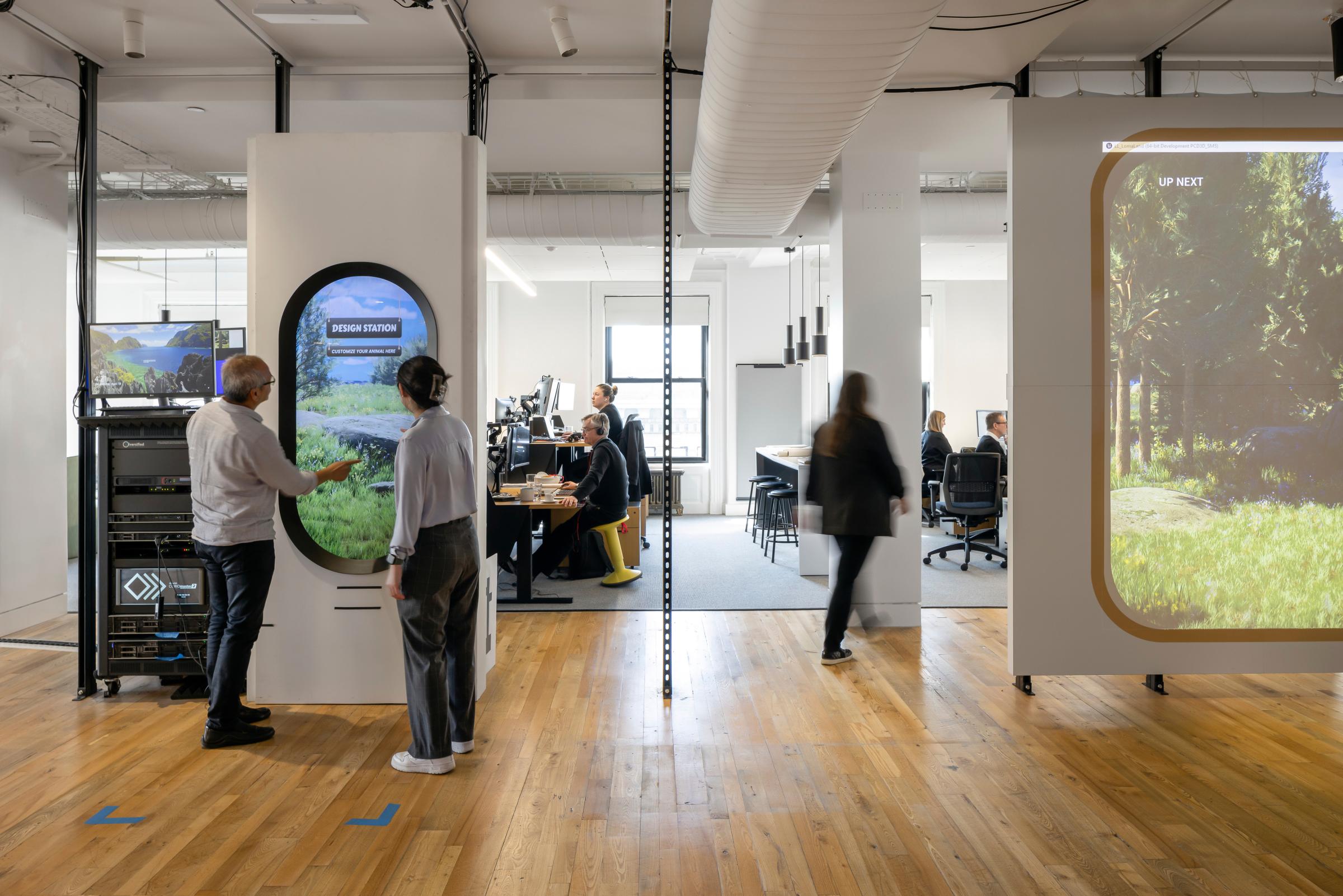
“I think a lot of employers are reenvisioning their offices to be better shared offices, less places you go into to do heads-down work,” says Robert Sadow, the CEO and co-founder of Scoop Technologies, which puts out the Flex Index. This is happening more in certain companies than others, of course—around 63% of companies with fewer than 500 employees are fully flexible, according to the Flex Index, compared to just 13% of companies with more than 50,000 employees.
Some companies are completely rethinking the idea of a permanent office, says Prithwiraj Choudhury, a professor at Harvard Business School who has been studying remote work for years. Some startups are deciding that the purpose of an office is really to socialize, and they’re allowing employees to work from anywhere, and then picking a place for people to meet occasionally throughout the year to get to know each other.
A company called Zapier, for example, has company retreats where it invites all workers to spend a few days in-person with their colleagues; the company pays for flights, accommodation, and food, and organizes ways for people in different departments to get to know each other. Gitlab, which Choudhury says is one of the world’s largest remote companies, with 1,300 employees, allows employees to be fully remote but has at least one offsite meetup around the world each year.
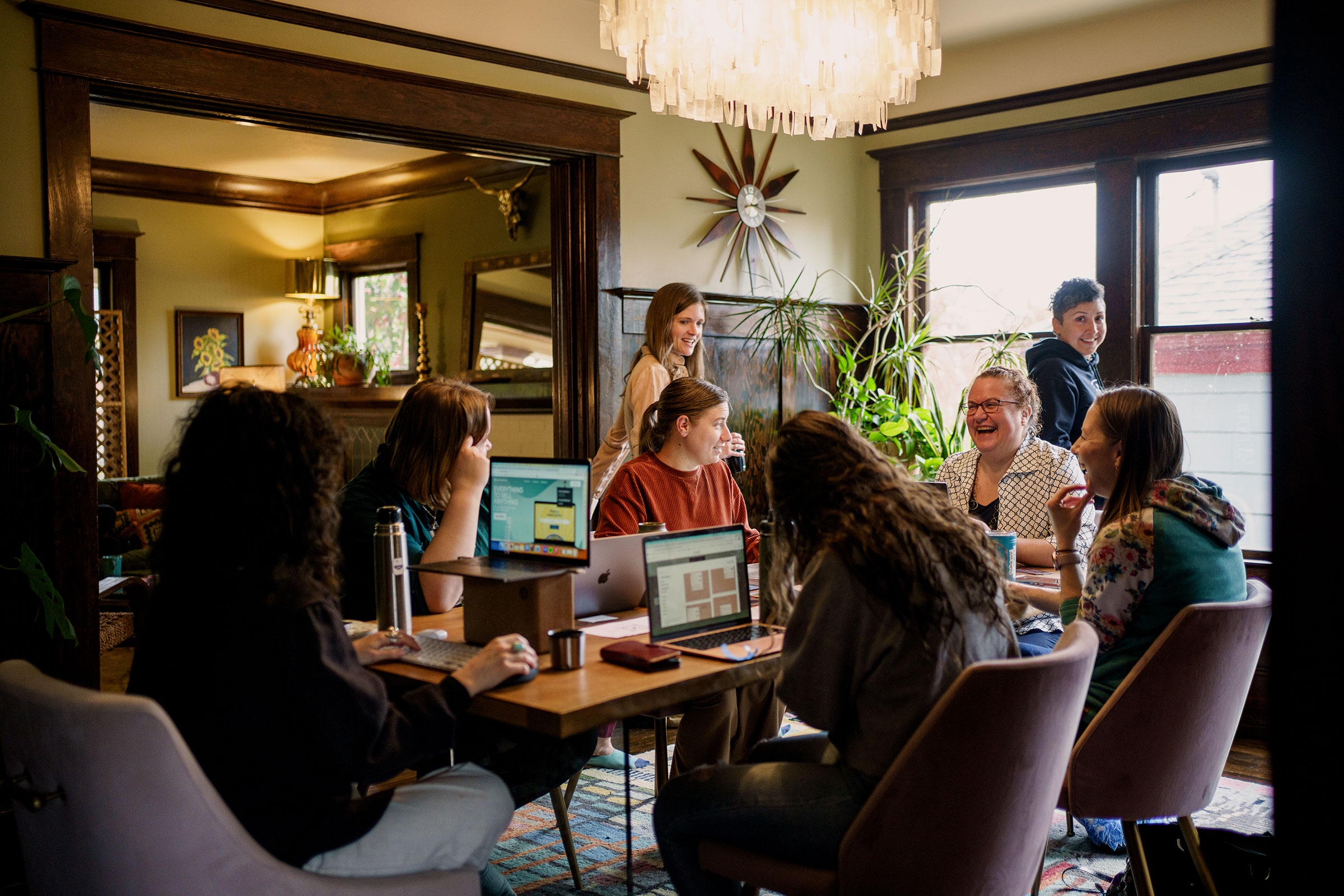
New companies are forming to meet the needs of businesses looking for alternative workplaces; for example, there’s Radious, an Airbnb-type app which allows people to rent out extra space in their homes to remote workers, and Project Pair, which helps Bay Area companies share hybrid office space.
“There’s a whole new generation of companies that are organizing work in a very different way,” Choudhury says.
How to Fix Work
Even before the pandemic, many companies accepted that the office was broken. The open floor-plan offices that seemed like such a good idea a few years ago had become noisy places where workers were having trouble focusing. In 2019, people spent an average of 47 seconds on a given screen before switching to another, down from 2.5 minutes in 2004, according to research from Gloria Mark, an informatics professor at the University of California, Irvine. Some companies were even moving to four-day work weeks to try and give employees more focus time.
Read more: The COVID-19 Pandemic Upended the Office. It’s Time to Radically Rethink How We Work
Before the pandemic, one architect, David Dewane, came up with the idea for a utopian office where employees had room to socialize but also do the kind of deep work needed for many knowledge jobs—he called it the Eudaimonia machine, for the Greek word that denotes a state of flourishing and prosperity. His design had a gallery where workers would see material that would inspire them and remind them of the purpose of their work; a salon where they could socialize and have conversations, a library where they could do research; an office where they could do expenses and “light work;” and then an isolated room for deep work where they could focus. Today, Dewane is working with a design firm called Geniant to help companies figure out the best office space for their mix of workers.
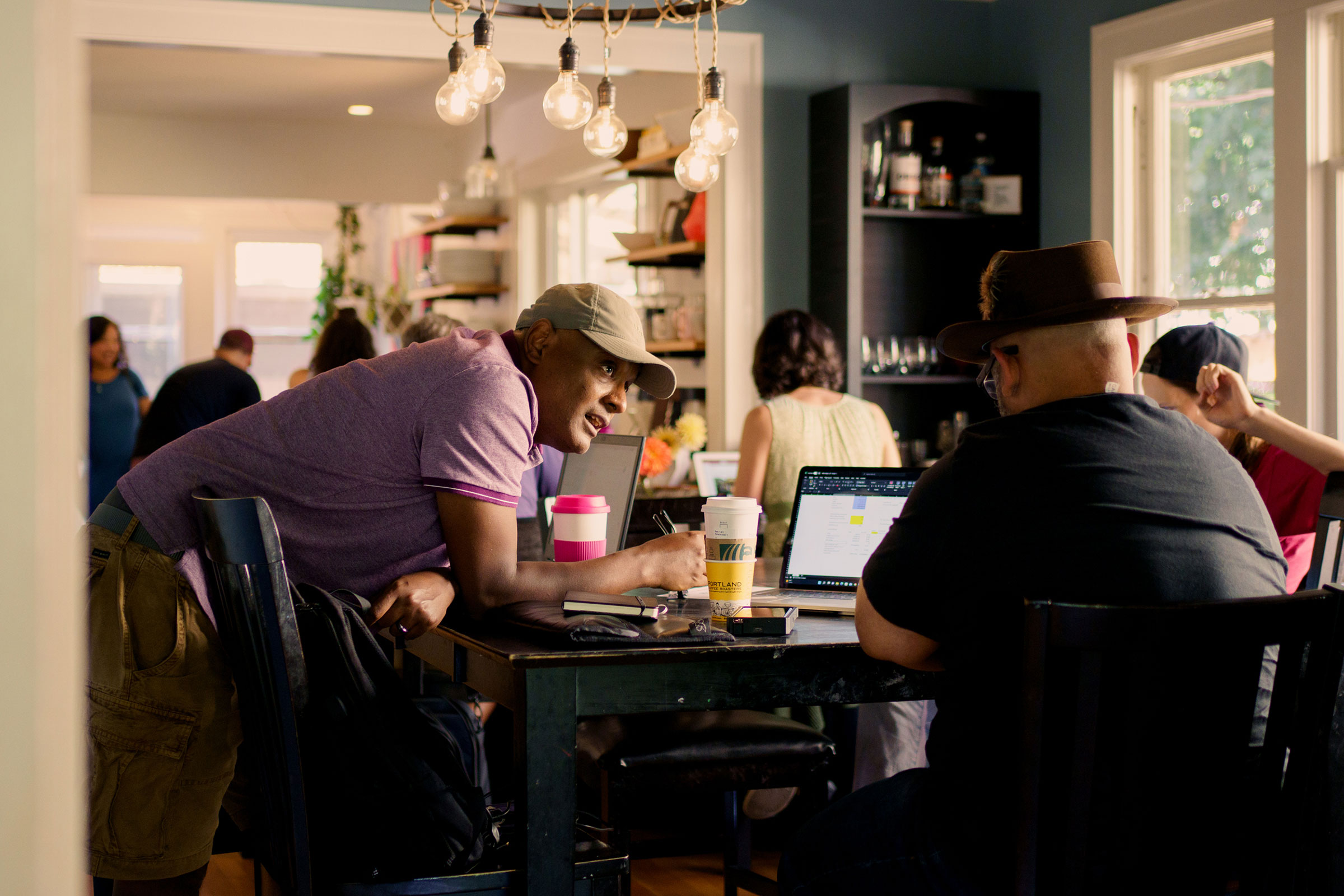
“The old workplace is performative, what we are trying to get to now is places where your space is enabling you to do your jobs at a higher level,” he says.
What NBBJ has found so far is that the new office needs to be a place where people can gather, socialize, and be inspired. Not a place where they come to sit under fluorescent lights in conference rooms and long for home. Despite the NBBJ office’s large size, there still aren’t enough individual desks for every employee; designers assume that people will want to also sit at long tables where they can spread out papers, or at couches or comfy chairs.
“If you’re coming back to the office, you’re not coming back to sit at a desk—you’re coming back to collaborate. So we worked out these areas and zones where people could really come in and collectively work together,” says Suzanne Carlson, senior corporate market director at NBBJ. Carlson’s preferred space: the Living Room, which has a dark green carpet, a comfy gray couch with blankets, a coffee table, and a big TV for Zoom calls. “If you work with leaders in a conference room and then do a wrap up in the living room, the intimacy and quality of sharing and openness shifts,” she says. “Space matters.”

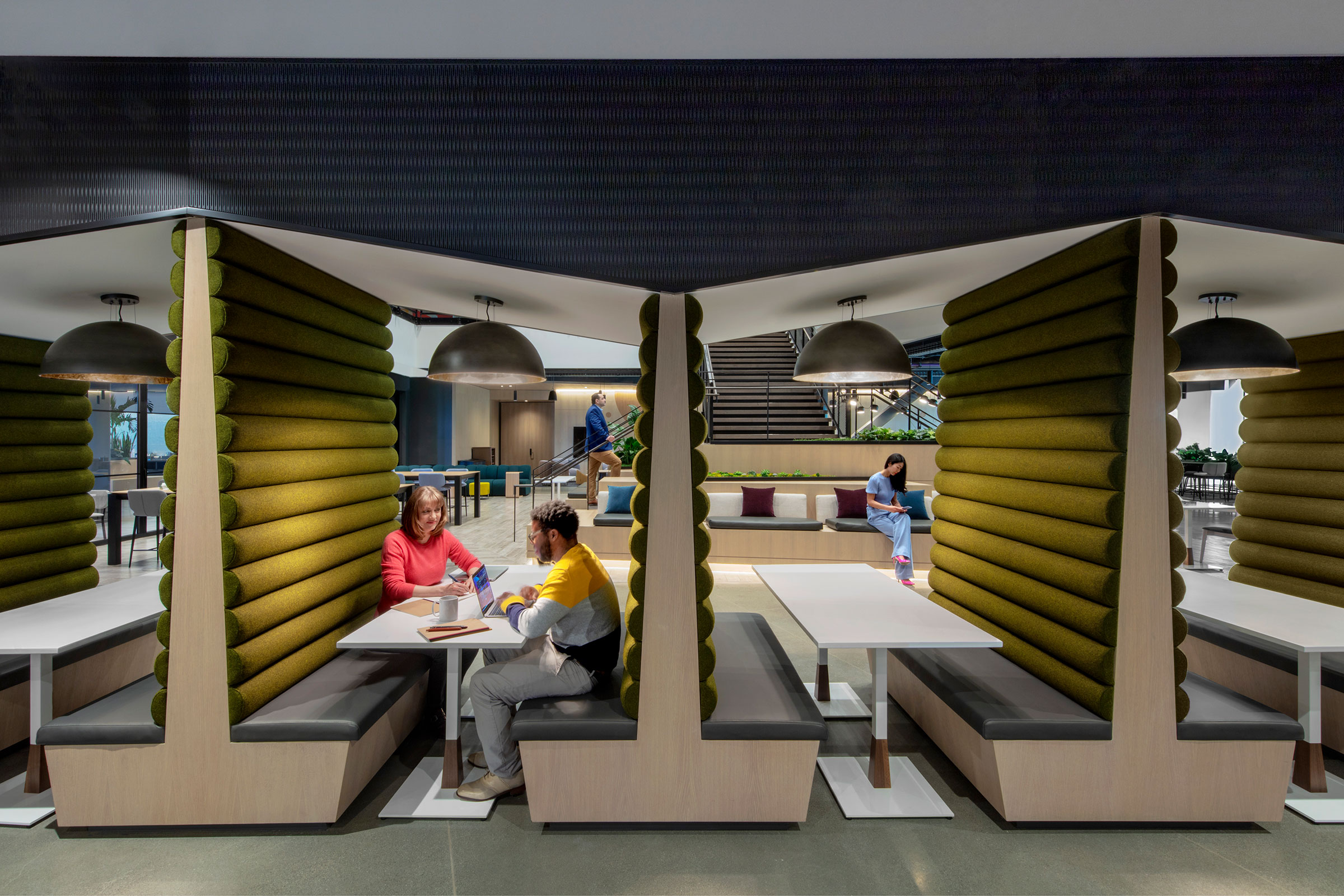
Zach Russell, Bungie’s senior director of employee experience, says he wants to make the office a place “where people want to come versus where they have to come.” Bungie hopes its new offices will help people have the type of accidental “collisions” that help companies be more innovative and also lead to more workplace satisfaction. Work stations are on the outside of the office, and when people get a cup of coffee or go to the bathroom, they have to move to the center of the office, where they run into other people. There are also some wide-open spaces with couches and seating areas where people can hold Zoom calls or play video games—and throughout, there are life-sized figures from some of the company’s most popular games.
The company recently held an event at its new office space, and it proved so popular that some remote workers mentioned the idea of relocating to be closer to the beating heartbeat of the company, says Barbacovi. Now, Bungie has launched a new policy allowing workers a relocation budget should they want to relocate to Bellevue now or in the future.
Flexibility is the most important piece
Of course, many companies haven’t changed their offices at all. They’re still deciding exactly what their working arrangements will look like and if they can get people to come back into the office. The risk of a recession is also making some companies hesitant to spend money on new digs.
But the pandemic has changed the way office design will happen, when it does happen, going forward. “With the complete disruption to society and significance of the pandemic—it’s well understood that these kinds of cataclysmic events accelerate change,” says McConnell, with NBBJ.
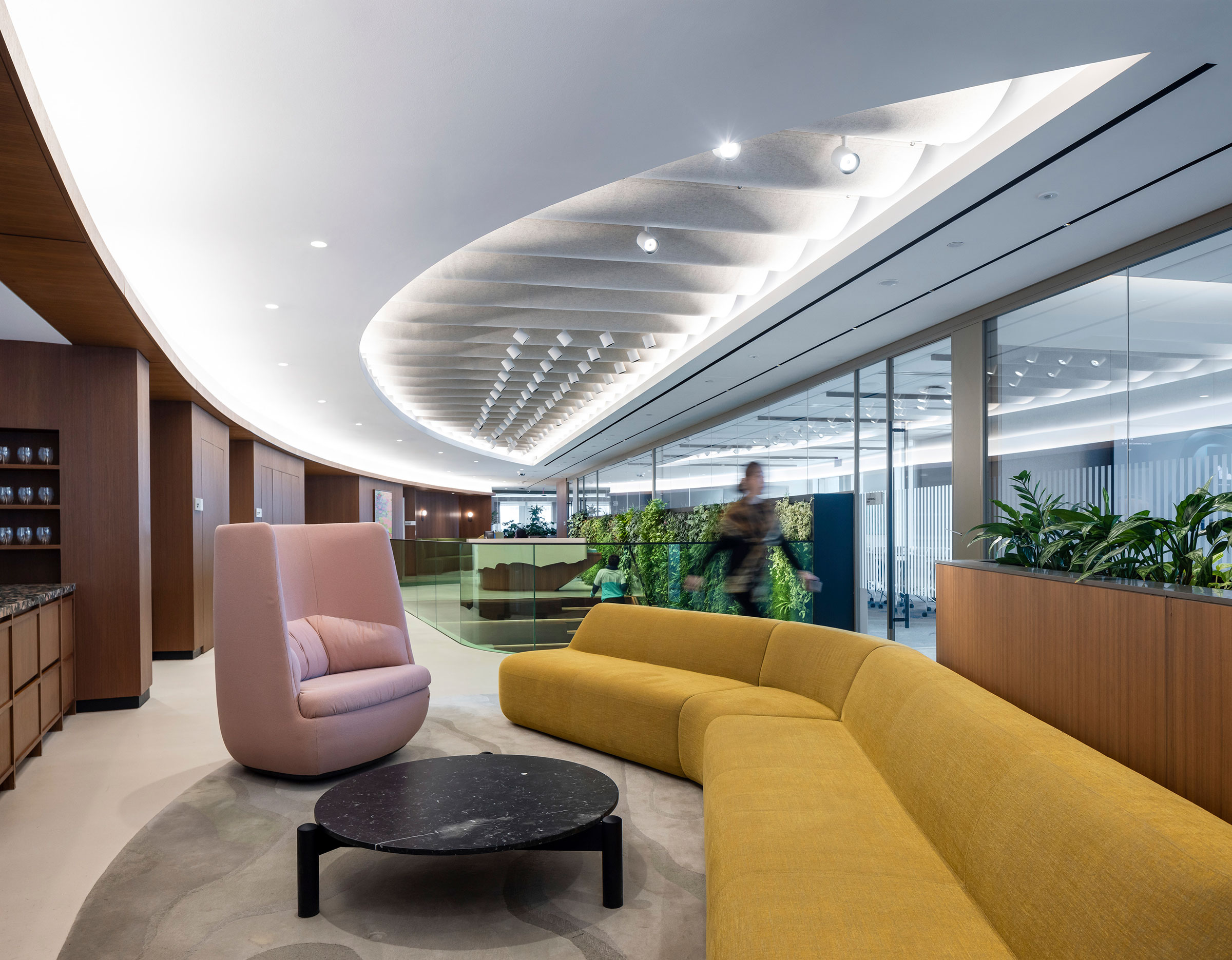

Before the pandemic, for example, NBBJ didn’t spend too much time talking about whether companies were hybrid when they were designing their offices. Now, the firm always starts by asking companies what their real estate strategy is and if they want to have a physical space in the future, and what their workforce strategy is and whether people will be hybrid.
Read More: Why Return to Office Policies Spell Trouble for Working Moms
Though companies have different ideas about what a hybrid workspace looks like, there’s one thing that ties many of these spaces together: they are flexible, changeable, and may look different in a year or two.
The shoe company Brooks started looking for commercial office space in 2020—Tom Ross, the firm’s vice president of finance, jokes that he was the only person in Seattle looking for office space at the time. The company decided it didn’t want to just have people come in now and again, but that it wanted an office where people could collaborate frequently in person. But Brooks learned from the pandemic that things could unexpectedly change again, so the company is working with NBBJ to make the office as flexible as possible. And indeed, furniture, if designed correctly, can be moved easily, as can walls, says Ross. “We designed it in a way that we can make relatively quick and inexpensive changes if we need to so that we’re not bound to a specific design,” he says.

NBBJ’s new offices—the living lab—are flexible too. Walls can be moved and furniture taken apart so a room becomes a gathering space or a seating area easily. The desks and chairs are the first New York office iteration of the Vitra Comma flexible furniture system, designed in 2022 to allow companies to easily assemble and disassemble desks and shelves like scaffolding. There are art installations that change over time, and projects that the company is working on are laid out in the open, in a way that welcomes feedback from colleagues. “We want this to be hackable, flexible, if people come back in two months it will look different,” says John Gunn, corporate practice lead with NBBJ.
There’s one thing that companies like NBBJ can’t change when they redesign new offices: housing prices, the factor that has driven so many workers to live far away and not want to weather long commutes to the office. But Gunn and NBBJ say they hope that they can design offices that will make people want to come in, even if they have long commutes. Gunn, for example, lives in Beacon, which is a two-hour commute, one way, from the new offices. He’s in just about every day.
More Must-Reads from TIME
- Cybersecurity Experts Are Sounding the Alarm on DOGE
- Meet the 2025 Women of the Year
- The Harsh Truth About Disability Inclusion
- Why Do More Young Adults Have Cancer?
- Colman Domingo Leads With Radical Love
- How to Get Better at Doing Things Alone
- Michelle Zauner Stares Down the Darkness
Contact us at letters@time.com
